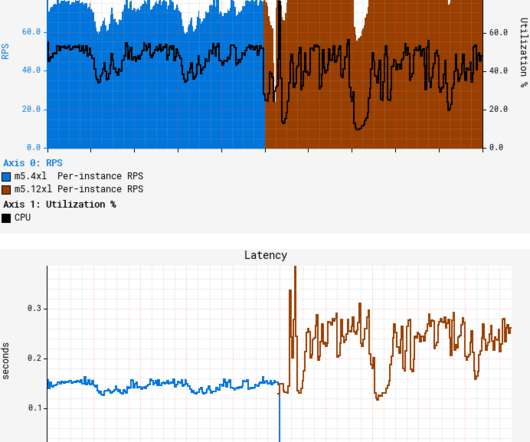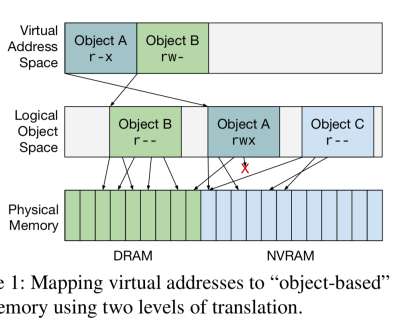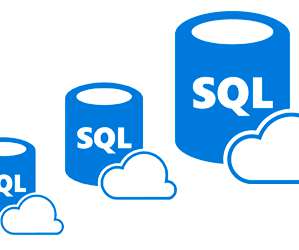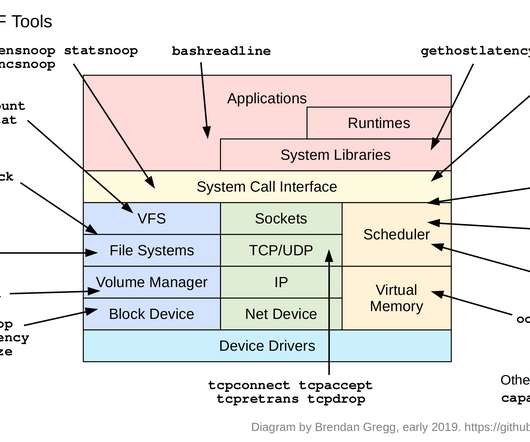Seeing through hardware counters: a journey to threefold performance increase
The Netflix TechBlog
NOVEMBER 9, 2022
While we understand it’s virtually impossible to achieve a linear increase in throughput as the number of vCPUs grow, a near-linear increase is attainable. What’s worse, average latency degraded by more than 50%, with both CPU and latency patterns becoming more “choppy.” This was our starting point for troubleshooting.































Let's personalize your content